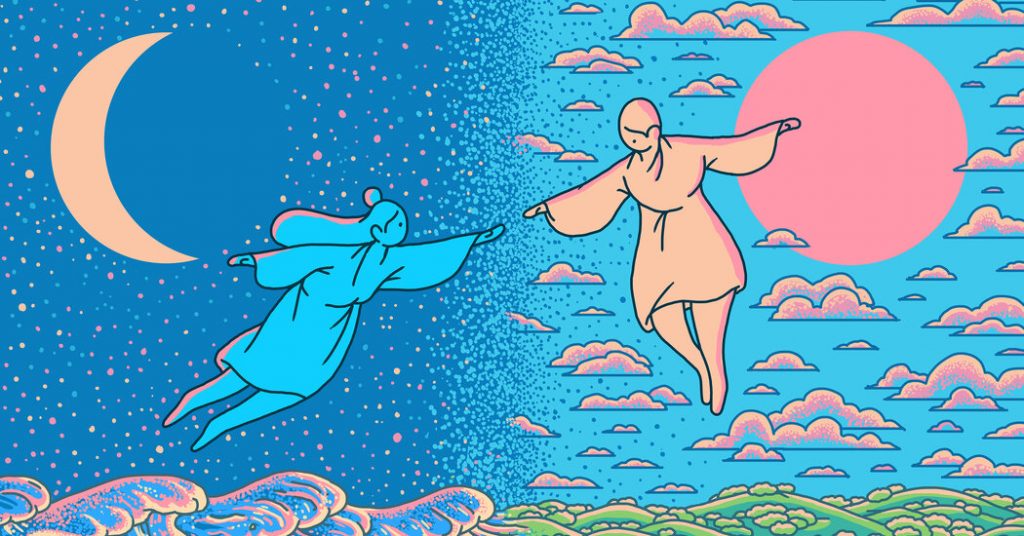
Friends posted about insomnia, nausea, lack of focus, eye tics, agita, anxiety, relationship issues and being “angry, cranky and crazy.” Almost as quickly as one friend would acknowledge a condition, someone else would volunteer: “me too.”
My admission had the intended consequence: It created an opening for others. “You’ve put words to what I think is a collective sentiment,” posted a neighbor whom I see often, but who had never before discussed any of these feelings with me. “Everyone seems to feel disconnected from others, irritable and frightened,” a colleague wrote, helping to make universal our ongoing challenges.
Since then I’ve posted regularly: “It’s Friday check-in time. How are you all doing this week?” Friends and followers have continued to acknowledge their trials and tribulations as well as their successes and triumphs.
I also scheduled a virtual appointment with my primary care physician, who told me to take an antacid for my stomach upset, which has helped.
Now, in the depths of winter, more people I know are acknowledging their mental health issues in public. “I must admit I am feeling a little despairing this morning,” wrote one woman I know, adding, “I am sure I am not the only one. If you are, too, you are not alone.” Her friends quickly followed up. “The weight is heavy today. Thanks for connecting.” And another: “I see you. Sitting silently beside you.”
So many of us think we are the “only one.” That we’re by ourselves, invisible. I find it comforting that many of my friends are finding connection with each other through social media. “I feel terrible and feel terrible for everyone posting here, but there is some consolation in seeing that we’re not alone,” posted a friend.
To see each other, we need to make ourselves visible. To help each other, we need to acknowledge we need a hand, too. I’m trying.

